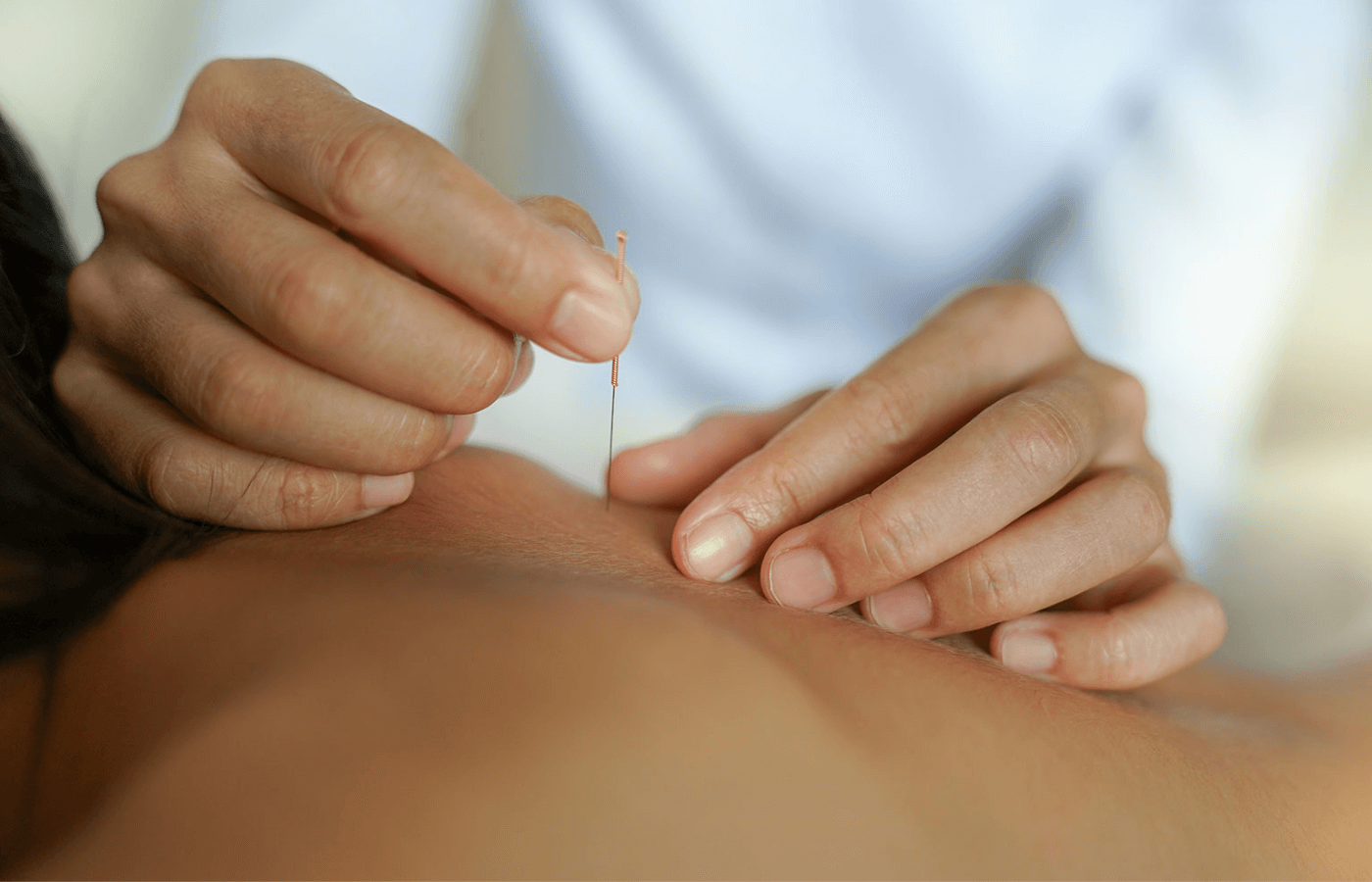Dry needling is a technique for releasing muscle stiffness from tangles and sensitive spots. Acupuncturists use injections to stimulate the sensory organ and generate neurotransmitters. Acupuncture has been historically sometimes used to balance a user’s vitality or chi.
Acupuncture has been researched as a supplemental medicine for several illnesses, but dry needle treatment would be a contemporary method with less proof. Acupuncturists must follow specific criteria, although dry needling isn’t supervised. Acupuncture with dry needling both entail lacerating the epidermis with surgical instruments for medicinal reasons. While both have the same goal of providing pain medication, their methods are vastly different.
Medicinal pain
Both of these treatments promise to give medicinal pain medication, and they have certain commonalities. They do, however, employ distinct techniques and cannot be mistaken. Acupuncture has been practiced for millennia and seems to be well. Acupuncture may be used to treat a wide range of medical issues. The basic premise is whenever chi, or therapeutic vitality, is unleashed, a person may be restored.

Dry needle treatment seems to be a technique for releasing muscular tension and discomfort. The syringe directly introduced into such a knotted or pressured point, according to therapists, will alleviate tensions in the neighboring muscle.
Improving flexibility
The main goal is to alleviate muscule soreness and tightness, although this might also aid in improving flexibility.
Small, thin hardened steel threadlike needles are inserted into stress points by a therapist. These would be tight regions or spasms in the musculature, often known as pressure points. There is just no substance in the catheters, but nothing is ever administered. Dry needling has been frequently performed by healthcare support workers and adults and some other occupational therapists. Given the lack of supervision and norms, dry treatment can be performed with little or no certification and without a license.
Scientific investigation
It’s not always easy to detect if a therapist has now been taught properly, has enough expertise, or is executing the technique appropriately. The most typical method is to insert a threadlike needle into the muscle and leave it there for 10–30 seconds. Dry needling has a small number of scientific investigations, but the collective knowledge is rising. Some study has turned out to be favorable thus far.
Dry treatment was shown to be more beneficial than a placebo therapy in 2013 research. Dry treatment was seen to be significantly successful than cardiac plasma treatments in addressing rotator cuff problems in a research published in 2012.




